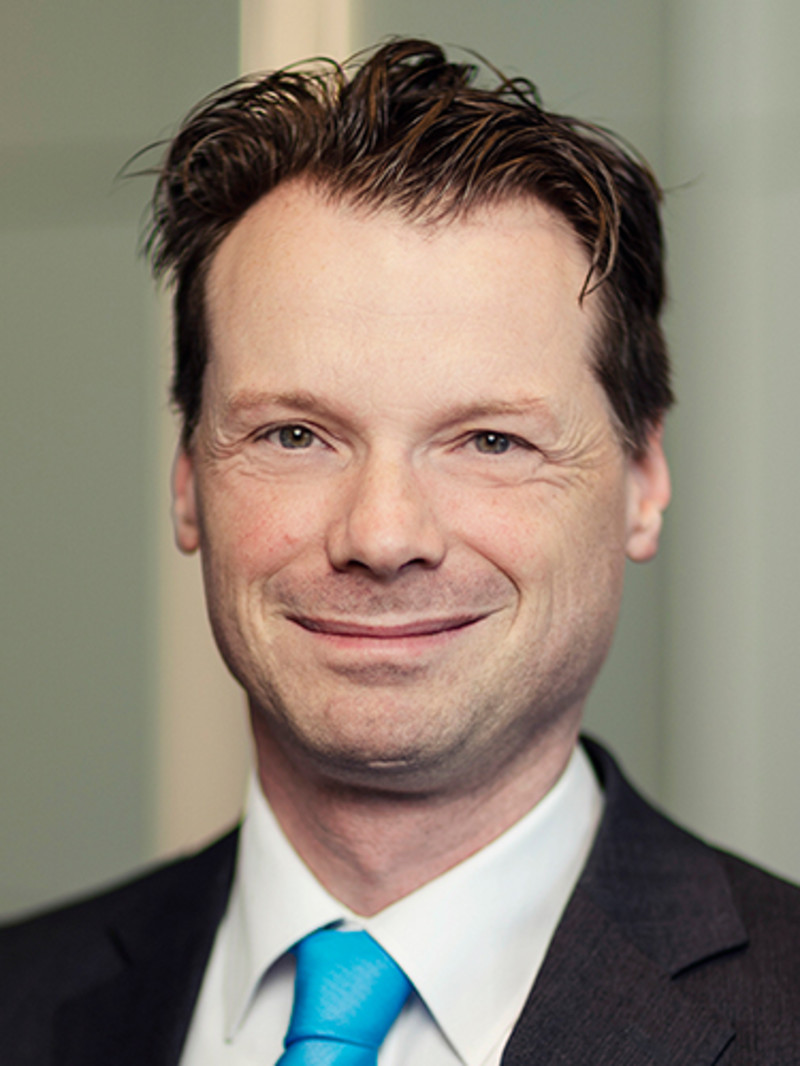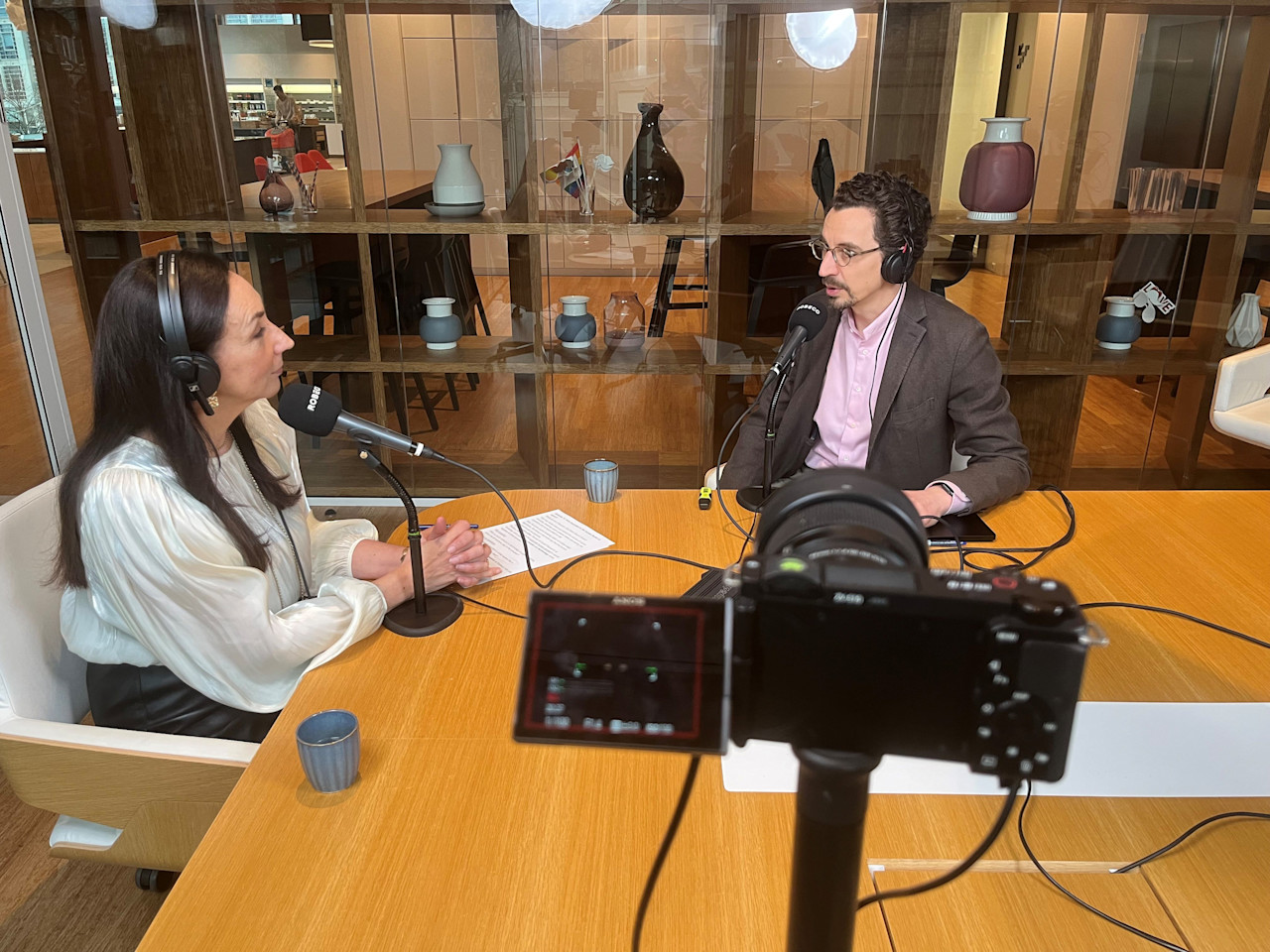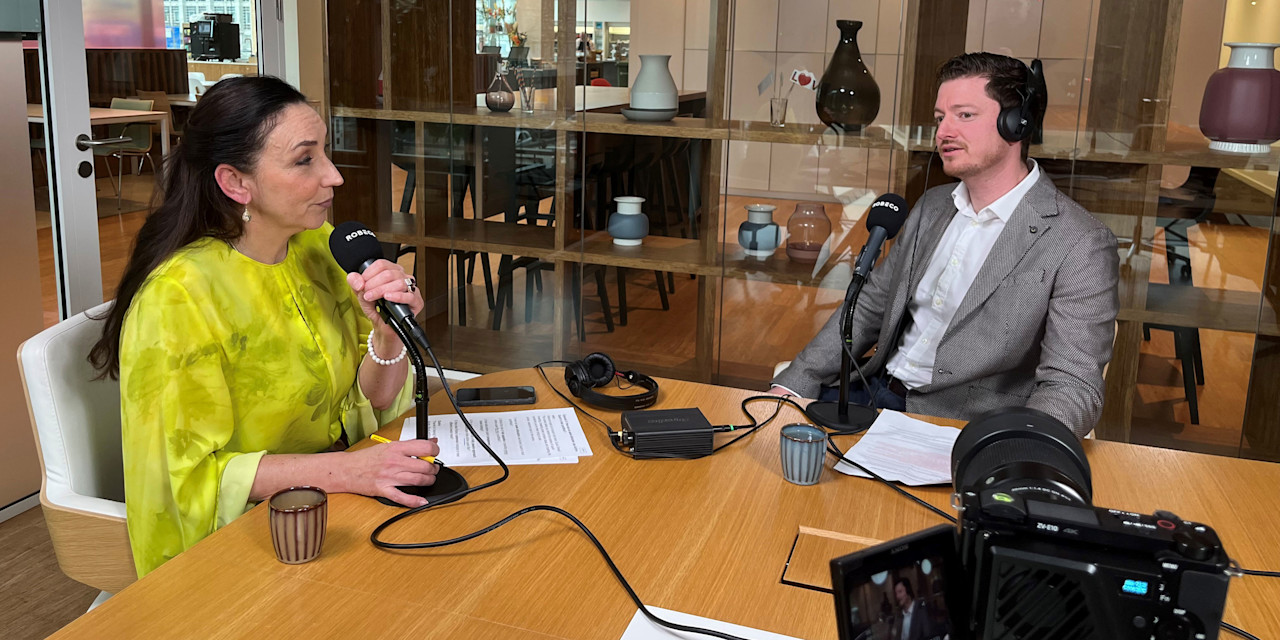

The quant cycle
Equity factors follow their own sentiment-driven cycle that cannot be explained by traditional business cycle indicators. This implies that factor premiums are a behavioral phenomenon, rather than a reward for macroeconomic risks.
まとめ
- Business cycle indicators don’t really capture the cyclical variation in equity factor returns
- Equity factors follow their own behavioral cycle: the quant cycle
- The quant cycle can help investors formulate a multi-year outlook
Factors in asset pricing models exhibit cyclical behavior as they offer a premium in the long run while going through bull and bear phases in the short run. In our research, we investigated the possible explanation to these cyclical dynamics, focusing mainly on value, quality, momentum and low-risk factors and an equally-weighted multi-factor portfolio.
From a rational asset-pricing perspective, factor premiums are seen as risk premiums, reflecting rewards for certain macroeconomic risks. This would imply that factor performance is related to the business cycle. But many studies have failed to establish a robust empirical link between the two.1 Indeed, results from our study also illustrated the tenuous nature of this relationship.
In general, what we found was that the multi-factor portfolio had similar returns in contrasting macroeconomic conditions, i.e. expansions versus recessions; inflationary versus non-inflationary; and high ISM purchasing managers’ index (PMI) versus low ISM PMI.
The outcome varied slightly from a single-factor perspective. For example, we observed what we would characterize as strong returns from the momentum factor during inflationary periods, while the low-risk factor struggled, consistent with its known ‘bond-like’ properties.2 Meanwhile, the value and quality factors appeared largely immune to both inflationary and non-inflationary conditions.
We also took into account the Baker and Wurgler investor sentiment index, a popular sentiment indicator in academic literature.3 We established that the returns for the value, quality and low-risk factors were strong when investor sentiment was positive, and weak when investor sentiment was negative. Only the momentum factor appeared to be resilient to the various sentiment states.
Perhaps the difficulty in establishing a relationship between macroeconomic risks and factor premiums lies in the flawed notion that factor premiums are risk premiums. If the source of factor premiums is indeed behavioral, then this would explain why the Baker and Wurgler sentiment index appears to be more effective at distinguishing between high and low factor returns. However, even this indicator is only able to pick up a small portion of the much larger time variation in factor returns.
In our view, the cyclicality in factor returns is driven by sentiment which can best be inferred directly from factor returns. In other words, our premise is that factors essentially follow their own behavioral cycle, and although other macroeconomic and behavioral indicators may pick up some of these dynamics, the full picture can only be uncovered by studying factors themselves.
Mapping out the quant cycle
In our study, we determined the quant cycle by qualitatively identifying peaks and troughs that correspond to bull and bear markets in factor returns. Following this approach, we identified a cycle consisting of a normal stage, which prevails about two-thirds of the time, punctuated with occasional large value drawdowns, which tend to be followed by subsequent reversals.
We found that the value drawdowns were caused either by growth rallies or value crashes that occurred roughly once every ten years, typically lasting about two years. These were usually followed by sharp reversals, which were characterized either by a crash of the growth stocks that outperformed strongly in the previous stage, or a strong recovery rally in the stocks that underperformed in the preceding phase. Our historical definition of the quant cycle is depicted in Figure 1.
Figure 1 | The quant cycle, 1963 to 2020

Source: Robeco Quantitative Research
Breaking down the different stages
During the normal stage, we observed that all factors delivered solid positive average returns, typically above their long-term average premiums. Luckily for multi-factor investors, this stage prevailed about two-thirds of the time. However, the relative peace and quiet of the normal period was disturbed by events that unfolded during the remaining one-third.
We witnessed that the growth rallies were characterized by large negative returns for value and large positive returns for momentum. This clearly illustrates how the two factors typically diversify so well with each other during these extreme phases. Low-risk typically took a hit and quality usually performed well in this phase, although not in every instance for both factors. Altogether, the multi-factor approach delivered a roughly flat return on average during growth rallies.
Our sample period only contained one value crash, namely the 2007-2009 global financial crisis. We saw that the factor performance was remarkably similar to the one observed in growth rallies, with negative returns for value and low-risk and positive returns for momentum. Based on this single observation, quality seemingly fared better during value crashes. This resulted in a small positive return for the multi-factor portfolio.
We also picked up two types of reversals: bear and bull. Bear reversals were distinguished by large positive returns for value due to a growth crash. They also tended to be highly favorable for quality, momentum and low-risk. Given that all the factors tended to be effective during these periods, we noticed that the multi-factor mix also delivered strong returns.
By contrast, bull reversals were characterized by large negative returns for momentum due to a rally in stocks with poor momentum. There were also large negative returns for quality and mixed results for value and low-risk. From a multi-factor perspective, we saw that bull reversals presented much tougher challenges than bear reversals.
Using the quant cycle as a framework -07
Thus, we conclude that investors should focus their efforts on better understanding the quant cycle as implied by the factors, rather than adhering to traditional frameworks. We believe this can helpful in contextualizing the cyclical dynamics of factors. It can provide investors with the basis to formulate a multi-year outlook, by providing insight on how the quant cycle could potentially unfold based on the prevalent market environment. The model can also give them a frame of reference to examine the robustness of new alpha factors across the various stages of the cycle.
クオンツ運用の価値を探求
最先端クオンツ戦略の情報やインサイトを定期的にお届けします。
FOOTNOTES
1See: Ilmanen, A., Israel, R., Lee, R., Moskowitz, T. J., and Thapar, A., February 2021. “How do factor premia vary over time? A century of evidence.”, Journal of Investment Management (forthcoming).
2See: Blitz, D., September 2020, “The risk-free asset implied by the market: medium-term bonds instead of short-term bills.”, Journal of Portfolio Management 46 (8): 120-132.
3See: Baker, M. and Wurgler, J., August 2006, “Investor sentiment and the cross-section of stock returns.”, Journal of Finance 61 (4): 1645-1680.
重要事項
当資料は情報提供を目的として、Robeco Institutional Asset Management B.V.が作成した英文資料、もしくはその英文資料をロベコ・ジャパン株式会社が翻訳したものです。資料中の個別の金融商品の売買の勧誘や推奨等を目的とするものではありません。記載された情報は十分信頼できるものであると考えておりますが、その正確性、完全性を保証するものではありません。意見や見通しはあくまで作成日における弊社の判断に基づくものであり、今後予告なしに変更されることがあります。運用状況、市場動向、意見等は、過去の一時点あるいは過去の一定期間についてのものであり、過去の実績は将来の運用成果を保証または示唆するものではありません。また、記載された投資方針・戦略等は全ての投資家の皆様に適合するとは限りません。当資料は法律、税務、会計面での助言の提供を意図するものではありません。 ご契約に際しては、必要に応じ専門家にご相談の上、最終的なご判断はお客様ご自身でなさるようお願い致します。 運用を行う資産の評価額は、組入有価証券等の価格、金融市場の相場や金利等の変動、及び組入有価証券の発行体の財務状況による信用力等の影響を受けて変動します。また、外貨建資産に投資する場合は為替変動の影響も受けます。運用によって生じた損益は、全て投資家の皆様に帰属します。したがって投資元本や一定の運用成果が保証されているものではなく、投資元本を上回る損失を被ることがあります。弊社が行う金融商品取引業に係る手数料または報酬は、締結される契約の種類や契約資産額により異なるため、当資料において記載せず別途ご提示させて頂く場合があります。具体的な手数料または報酬の金額・計算方法につきましては弊社担当者へお問合せください。 当資料及び記載されている情報、商品に関する権利は弊社に帰属します。したがって、弊社の書面による同意なくしてその全部もしくは一部を複製またはその他の方法で配布することはご遠慮ください。 商号等: ロベコ・ジャパン株式会社 金融商品取引業者 関東財務局長(金商)第2780号 加入協会: 一般社団法人 日本投資顧問業協会
























